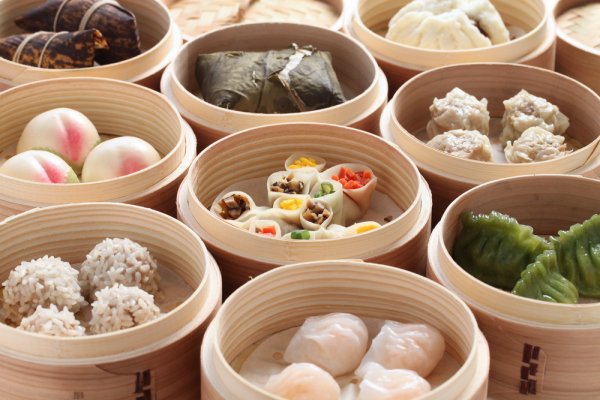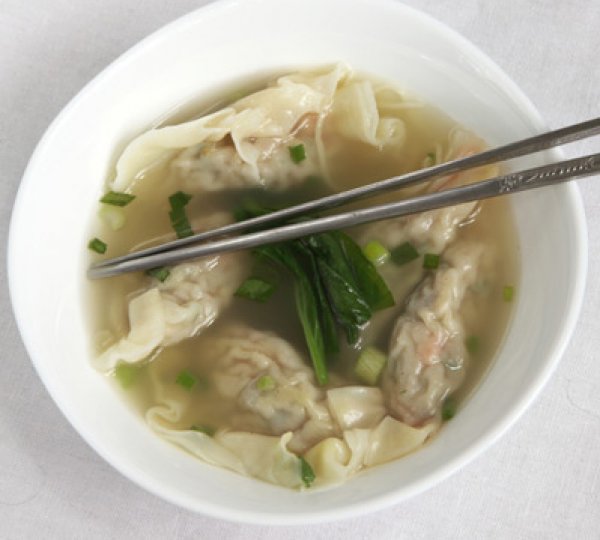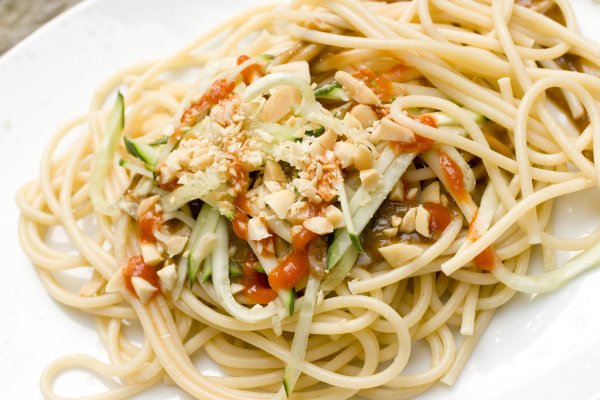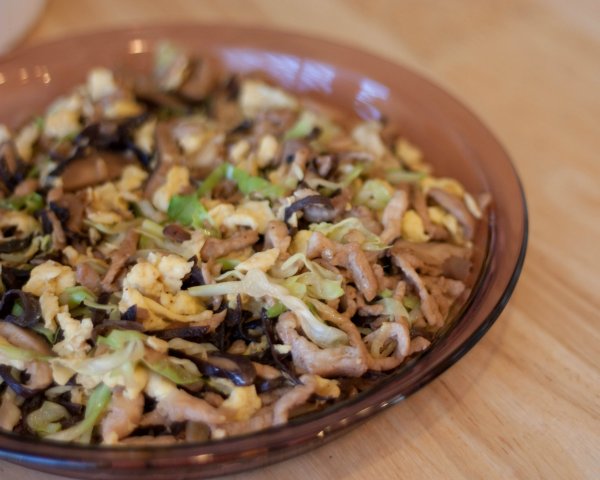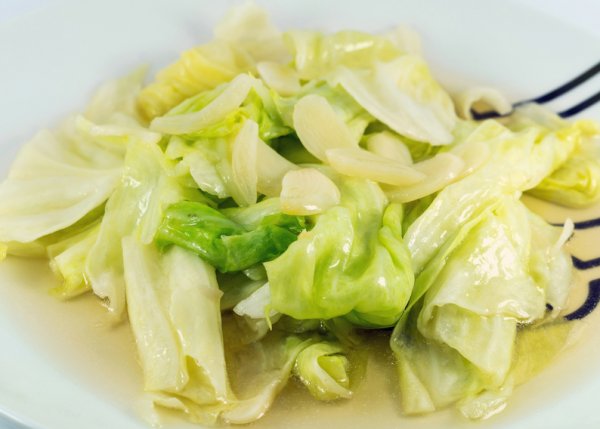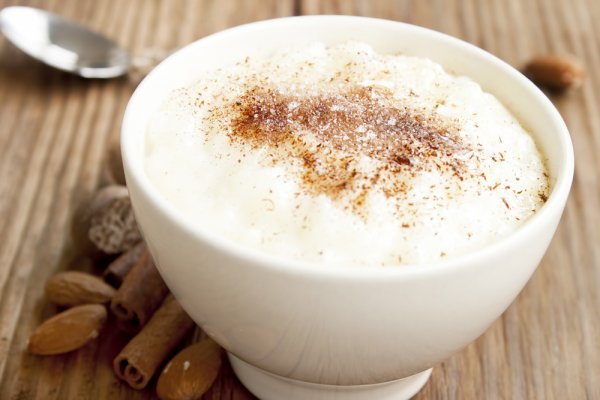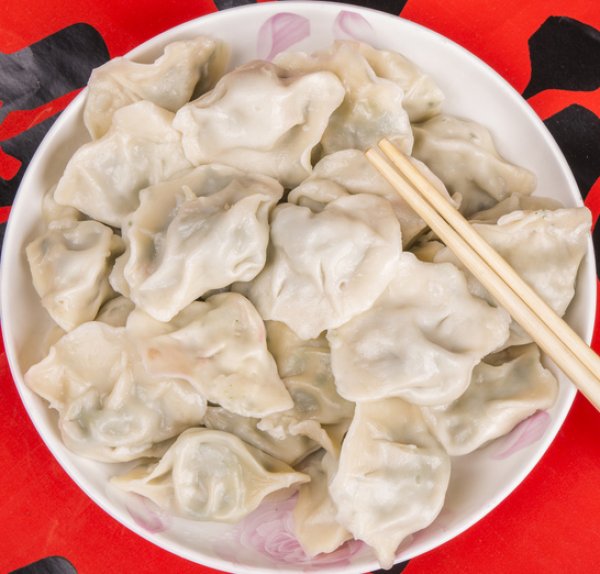Food and Drink: Classic Dishes
Listed below are a few of the many dishes associated with the cuisine of China. Recipes for these classic dishes and many others can be found in the Recipes section.
APPETIZERS
Baozi — Also known as bao or bau, these steamed buns filled with meat or vegetarian fillings are often eaten for breakfast or as a quick snack.
Dim Sum — Dim sum are of Cantonese origin and include a variety of small savory stuffed dumplings, either fried or steamed, as well as several kinds of rice, noodle, and vegetable dishes. Dim sum selections might include fried chicken feet as well as less adventurous items like fried taro cakes, stuffed tofu, and stuffed mushrooms.
SOUPS
Bird’s Nest Soup — A traditional chicken soup made from the nest of a small indigenous swallow.
Wonton Soup — One of the most popular soups in street stalls in southern China and in Chinese restaurants in the West.
SALADS
Cold Noodles with Peanut Sauce — In this dish, buckwheat noodles are served cold with a spicy peanut sauce and chopped scallions.
Toon Leaf Salad — The tender new buds and leaves of the indigenous toon tree in Northern China (also called Chinese Cedar or Weeping Willow) have the flavor of leeks and are a springtime favorite sautéed and seasoned.
MAIN DISHES
Fried Rice — Often made from cold leftover rice and whatever remnants of other meat and vegetable dishes are available.
Mu Shu Pork — A northern Chinese dish of pork, mushrooms, and egg served in a savory pancake.
Naw Mai Faan — Steamed glutinous rice cooked with chopped sausage, mushrooms, roasted pork, and dried shrimp.
SIDE DISHES
Ma Po Tofu — A dish combining firm tofu with minced pork.
Mah Gu Gai Pin — Known as Moo Goo Gai Pan in the West, this is a traditional Cantonese chicken and mushroom stir-fry. In Cantonese, mah gu refers to the mushrooms, gai to the chicken, and pin to the fact that the chicken is sliced.
Shui Mai — Traditional steamed dumplings offered as part of the range of dim sum in Southern China.
Stir-Fried Greens — Stir-fried dishes cook quickly and retain some of their crunchy texture.
DESSERTS
Almond Cookies — These have a light, delicate flavor and are a popular treat at Chinese bakeries.
Baat Bo Fon — A sweet dish of rice.
BEVERAGES
Soy Milk — A creamy breakfast drink.
Tea — Considered one of the seven necessities of Chinese life, tea comes in many varieties. Green tea is the most popular type of tea, but jasmine, ginger, ginseng, and black tea are also consumed in various combinations as well. Many regions in China claim to grow the best tea in the land.
HOLIDAY FAVORITES
Jiaozi — Steamed dumplings, usually filled with meat and vegetables. For many, getting together with mothers and grandmothers before the New Year to pinch and pleat spoonfuls of filling into small circles of dough is as much of a tradition as actually eating the jiaozi at the family feast.
Lo Bak Go — Made with Chinese turnip or law bok, this 'turnip cake 'is more like a bread. It is traditionally made for the Chinese New Year, although it can also be found in dim sum restaurants throughout the year.
Zongzi — A boiled or steamed glutinous rice "parcel" with sweet or savory fillings wrapped in banana leaves traditionally eaten during the Dragon Boat Festival.
Copyright © 1993—2025 World Trade Press. All rights reserved.

 China
China 